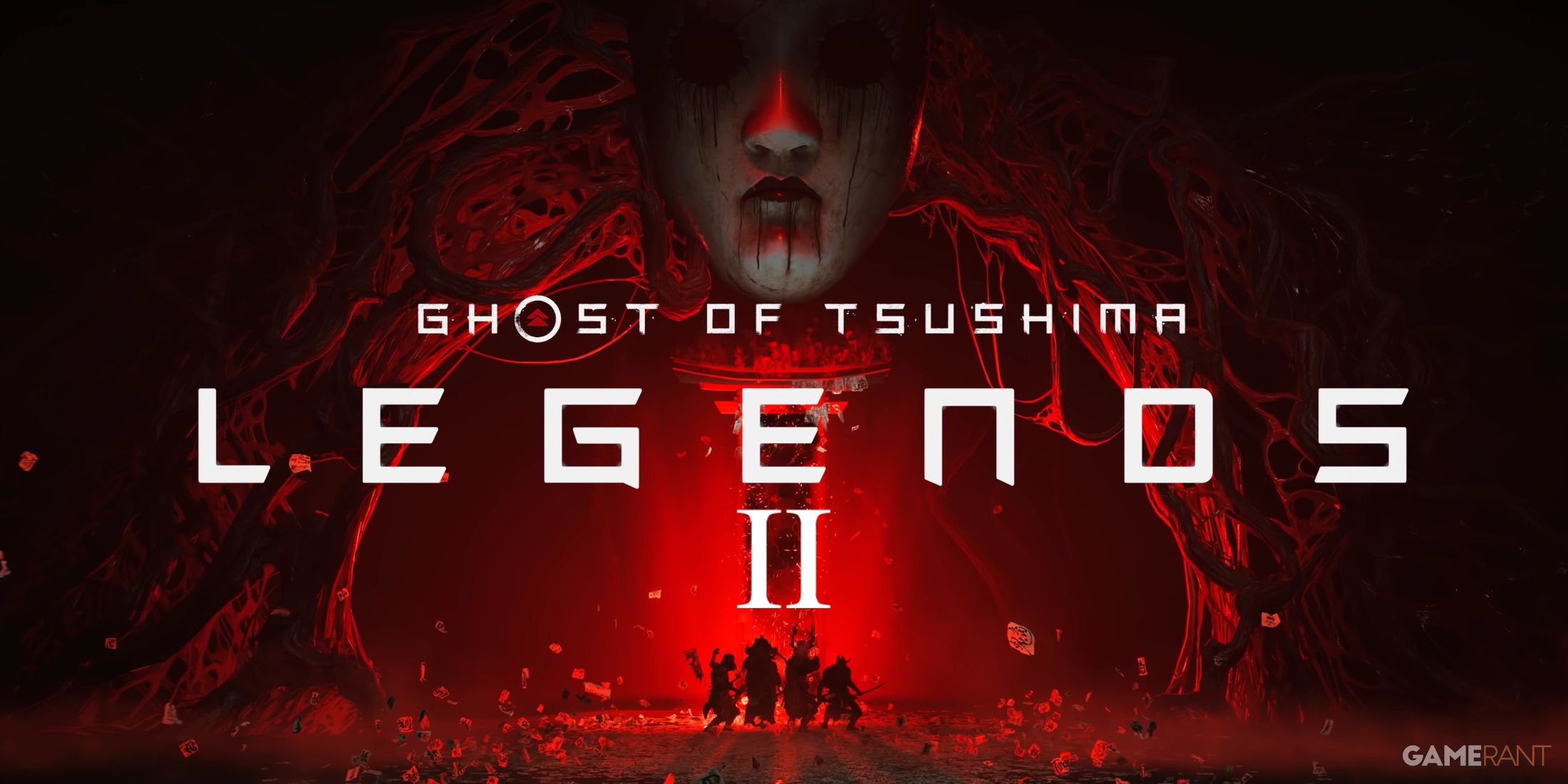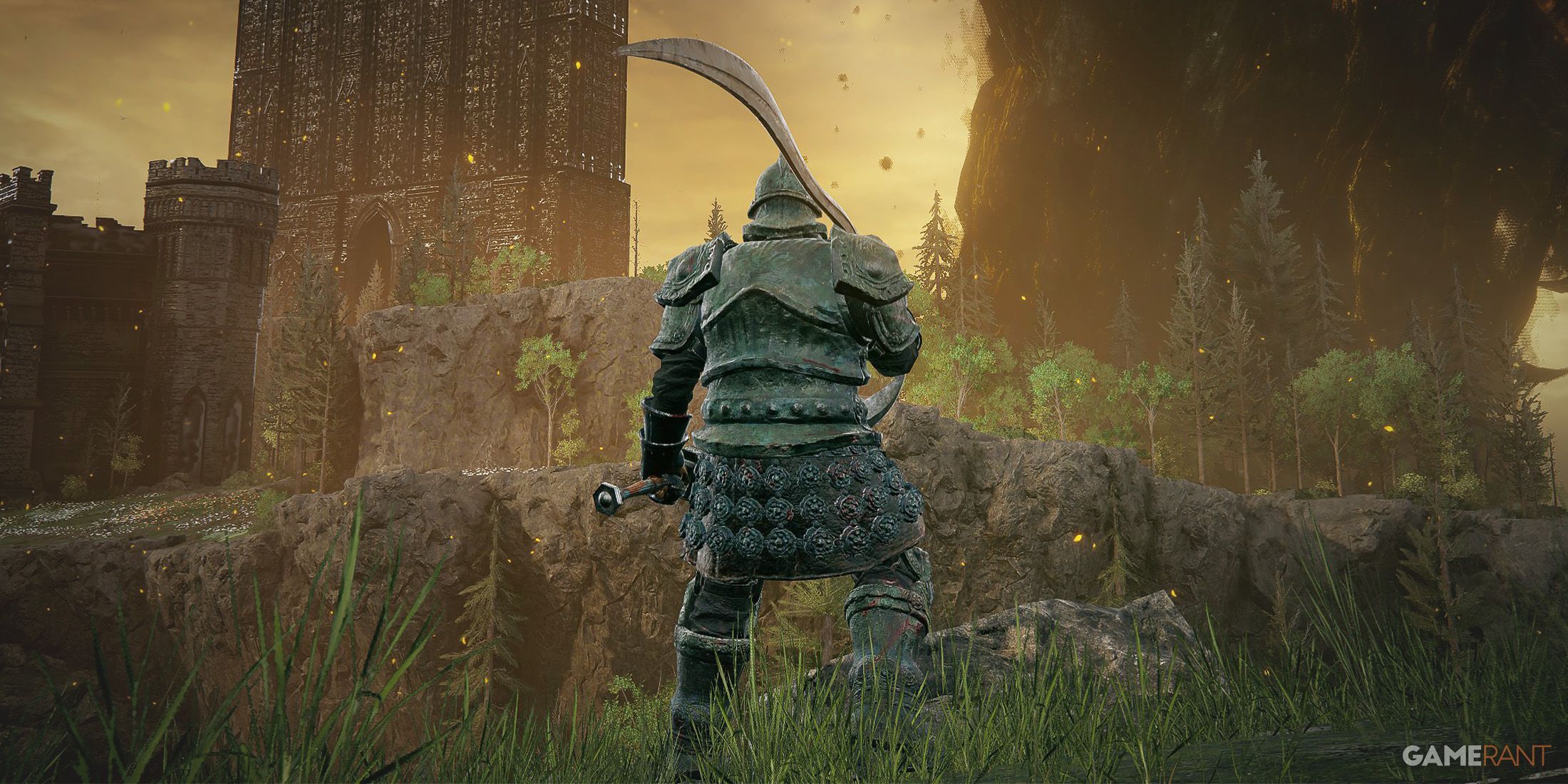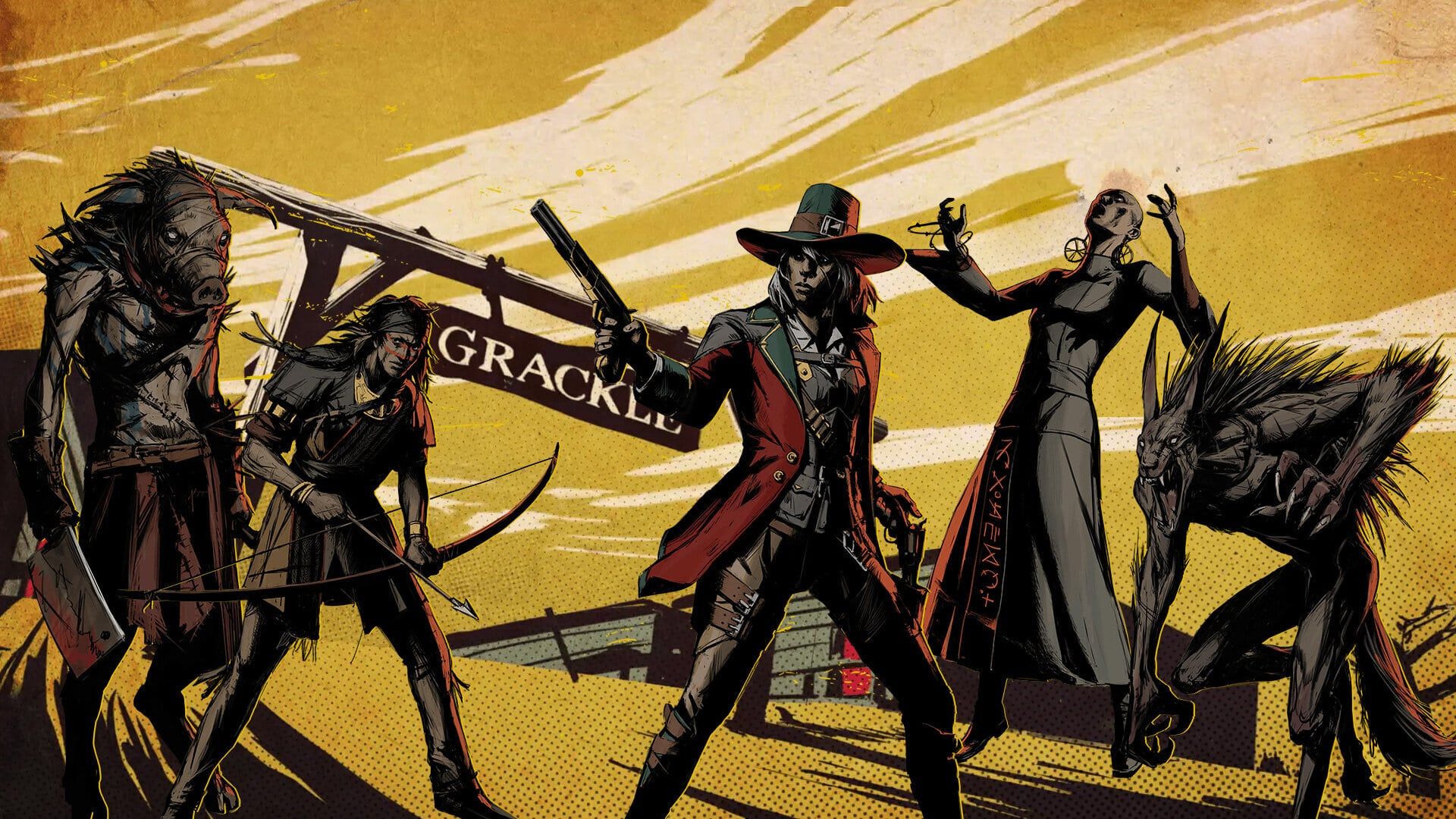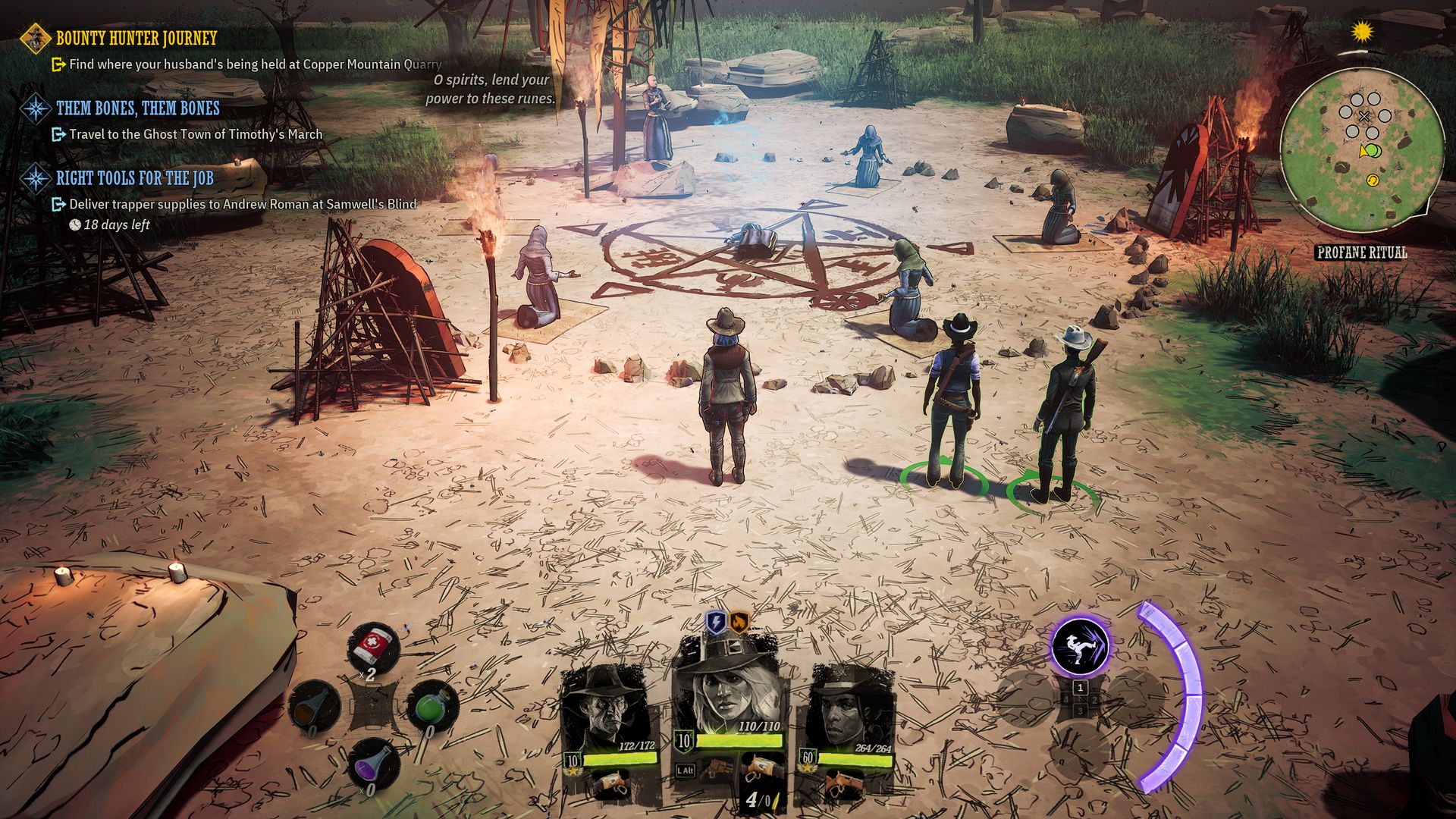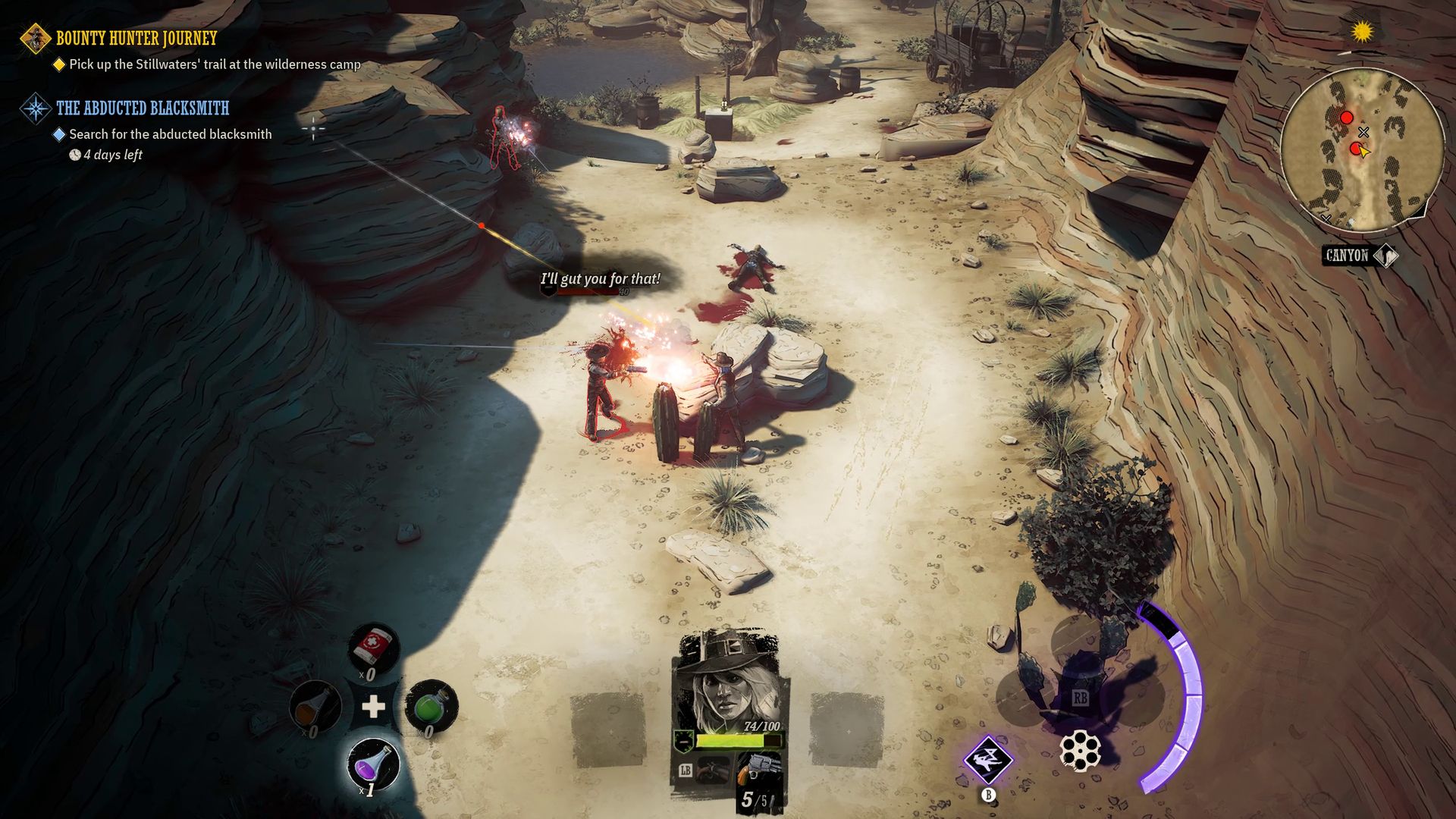When Weird West developers Julien Roby and Raphael Colantonio left Arkane studios, they left a legacy of games that defined the immersive sim genre. Both Dishonored and Prey are among modern immersive sim genre royalty. Roby and Colantonio’s new studio, Wolfeye, presents Weird West, an isometric action RPG take on the immersive sim genre that admirably translates many of the genre's best qualities into a top-down format with an imaginative and stylized take on the wild west.
Weird West’s setting is all about the surreal and supernatural, a dark fantasy twist on the stories of cowboys and outlaws. The world that WolfEye has crafted is one of the most complete occult fantasy west games that a fan could hope for - a video game tour of everything that goes bump in the night, so to speak. Witches and poltergeists roam the world the same as bandits and gunslingers do, and occasionally these factions work together. Bringing Weird West’s occult flair and pulp story together is a cel-shaded art style that binds the game to its Jonah Hex and Desperados comic influences. The game is a joy to experience from an art and setting perspective, even if it feels limited by its lack of voice-over and simple cutscenes.
Weird West tells the tale of 5 distinct characters, ranging from a retired bounty hunter seeking her husband to a werewolf struggling with the responsibilities to his pack. These five stories are tightly-knit and well-focused tales with an excellent character focus. However, these characters are also bound by a mysterious brand on their necks, intertwining them into an overarching story where the fate of the west hangs in the balance. Weird West’s story often feels like a video game realization of pulpy western horror comic books and has a distinct charm in its storytelling because of it.
Weird West’s story shines when creating compelling scenarios thanks to well-written characters and a dynamic, evolving world. Throughout Weird West, every character the player interacts with has their own motives that might clash with the player’s motives or other NPCs that are crucial to the story. At times, simply showing kindness to a bandit NPC might turn them into a Friend For Life, coming to a player’s aid when they need it most. Weird West gives players a great sense of agency in the world with decisions that carry weight to them.
Depending on their choices, players can be a hero or villain of the West. It is possible to show up in a gang-affiliated town, start a gunfight, and liberate the population from their extortioners. The consequences of that might be a vendetta against that particular gang, who will now stop players as they traverse the world map seeking vengeance. As players interact with the world, they gradually carve out a place for themselves with the game’s reputation system. Towns, factions, and the player’s reputation are all subject to change throughout multiple playthroughs.
How players wish to interact with NPCs and the world is entirely up to them, and Weird West supports player decisions and subsequent consequences. Everything surrounding character and world interactions culminate in Weird West having a persistent, living world that expertly makes the player feel like they are part of everything rather than the centerpiece.
The game's “say yes to the player” design philosophy has always been a part of immersive sims, which have traditionally been first-person games. Wolfeye carries this philosophy and executes it properly with Weird West’s gameplay loop. The top-down perspective grants a new layer of easily digestible tactical thinking in its dynamic sandbox environments. Players who have always felt overwhelmed with the amount of choice that games like Dishonored present to the player - unsure what the best course of attack is - might feel more comfortable with Weird West.
World interactivity plays a crucial role in how players choose to tackle the various combat scenarios throughout the game. There is no shortage of options for completing a mission, and full stealth, non-lethal playthroughs are entirely possible. However, there are also plenty of gameplay options for the shooting and looting frontiersmen.
Players familiar with the Divinity: Original Sin series of games will feel right at home with how Weird West handles environmental interactions. Except in Weird West, the action takes place in a real-time dynamic environment instead of a turn-based system like Divinity. If Divinity: Original Sin allows a player to explode a poison barrel and then ignite the toxic fumes with a fire spell, incinerating their enemies within four turns, Weird West lets the player roundhouse kick a poison barrel into a TNT barrel, shoot both and watch a chain of explosions destroy a pack of zombies within 5 seconds. Weird West’s combat loop is ridiculously gratifying when a plan comes together in the way the player envisioned it.
All sorts of revolvers, repeaters, shotguns, and dynamite are at the player's disposal with an upgrade system that rewards players willing to hunt animals and mine ore veins for a while. Abilities and perks are unlocked via Nymph Relics and Golden Ace of Spades cards found throughout the world or by completing various side quests. The loot-oriented progression system greatly incentivizes players to partake in many of the game’s side quests or take the time to simply smell the roses.
Weird West’s pitfalls lie in its combat system. The conversion of immersive sim elements works well with the isometric structure; however, the twin-stick shooter style of gameplay is often less intuitive and more clunky than it should have been in the top-down format. Aiming guns rely on a range-based, radial system that isn’t always accurate to what the player intends to aim at and, when coupled with the game’s often chaotic combat scenarios, make combat messier than it should be. Expect to accidentally shoot companions frequently.
These problems are exacerbated by a camera that never feels quite right. Pulling the camera away makes situational awareness in combat much better, but players will often be prone to tripping around various obstacles in Weird West’s sandboxes or losing their character when they walk in front of a wall. In contrast, a close camera angle gives more detail to the world but obscures vision in combat scenarios, lowering situational awareness and making long-range engagements quite tricky. Additionally, Weird West’s item acquisition system is often frustrating as the game struggles to decipher what the player wants to pick up in item-heavy rooms. In a game where the player can pick up anything that isn’t nailed down, looting becomes tedious as players repeatedly have to reorient themselves to pick up their intended items.
While being a more condensed experience than most other RPGs of its kind at around 20 hours, Weird West’s ability to accomplish so much within its confines is where it truly shines. It doesn’t have the budget of Divinity or Wasteland, but it punches well above its weight class thanks to some excellent world-building, clever writing, and character scenarios that always present new ideas to the player.
Wolfeye’s attempt to bring the immersive sim genre to an isometric game works well overall, albeit with a few hiccups in handling combat and looting. Fans itching for a game that allows freedom of choice in both story and gameplay at every turn should look no further than Weird West.
Weird West is available now on PC, PS4, PS5, Xbox One, and Xbox Series X|S. Game ZXC was provided a PC code for this review.
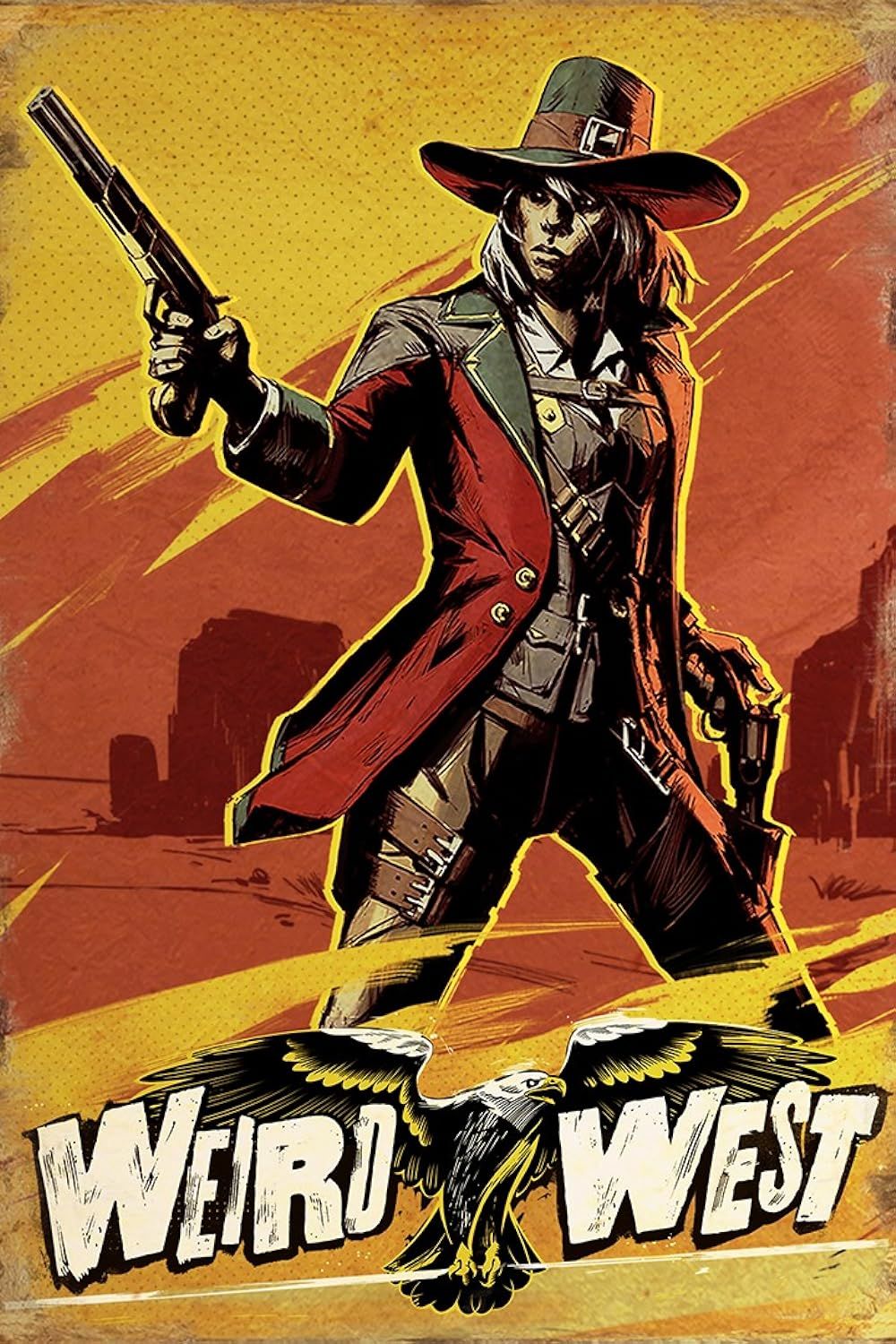
Weird West


